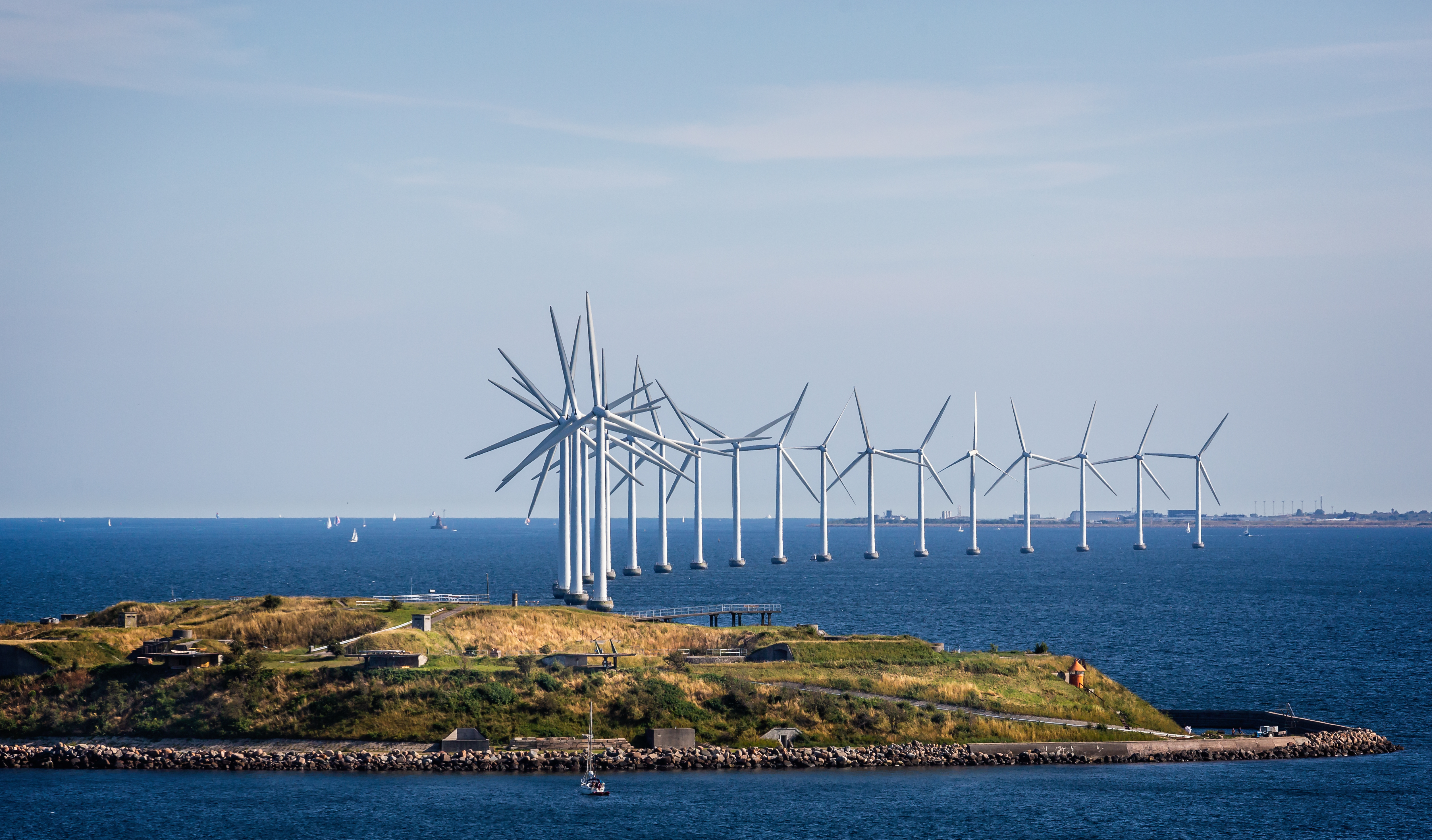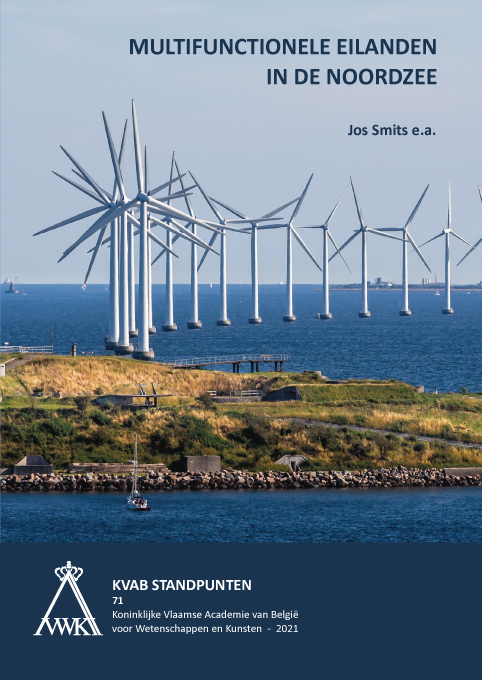Artificial Islands in the North Sea

Climate change and a rise in sea levels are leading to an increased risk
of inundations and serious damage to our coastal infrastructure such as
dykes, coastal roads and buildings. Therefore, continuously increasing
measures will be necessary to keep our coast safe at an acceptable
level. The development and construction of one (1) or more artificial
islands just off the Belgian coast is certainly an option worth
exploring if we are to meet our climate goals.
This report describes
and evaluates the feasibility of an artificial island in the Belgian
North Sea. There are two good reasons for considering the construction
of artificial islands. The first and main reason is coastal safety, i.e.
limiting the risks and damage associated with floods. The second is the
production of renewable energy, which is one of the main challenges
involved in reaching the goal of a CO2 neutral society. In the short
and medium term, offshore windfarms are an essential element on this
journey, whereas artificial islands will facilitate the construction and
exploitation of these large numbers of existing and new windfarms in
Belgian territorial waters. In addition, they will help balance the grid.
Besides
the analysis of the abovementioned primary applications of an artificial
island, this report also lists the secondary applications such as, but
not limited to, tourism, aquaculture, desalination infrastructure, data
centres, navigation, pilot bases, monitoring and maintenance centres
for wind turbines, etc. A smart combination of different applications
could probably change the business potential of such an island from ‘too
expensive’ to ‘feasible’. A multi-disciplinary use of any new,
sea-based infrastructure is therefore a necessity.
The Belgian
part of the North Sea is already intensively used by a wide range of
different users and consists of a large number of valuable ecosystems.
Artificial islands could potentially create new opportunities but will
have a significant impact in geographical, economic and ecological
terms. Therefore, the construction of artificial islands has to be
carefully investigated and a multi-disciplinary approach must be put
forward. Moreover, since these artificial islands will be constructed
in what is Belgium’s biggest public domain, realisation will depend on
broad social support and acceptance. A co-creation strategy, involving
all stakeholders in an intensive dialogue, is the key to success.
The
Marine Spatial Plan of the Belgian North Sea offers a solid legal
framework for these developments and creates, in the 6-yearly review
period, the possibility to anticipate future developments.
Available documents
Author
-
Jos Smits


